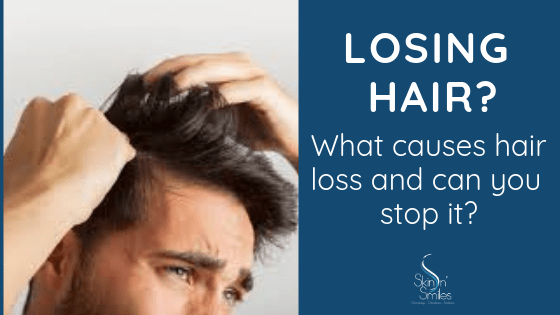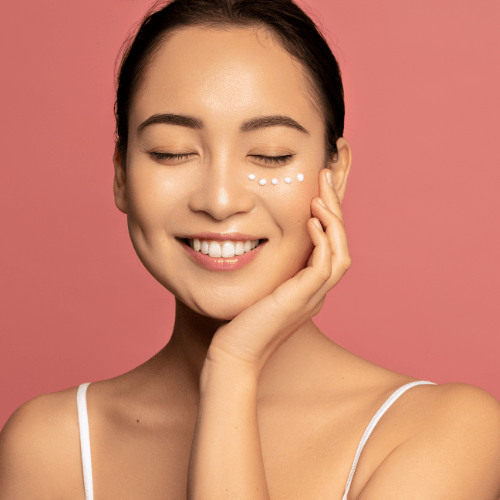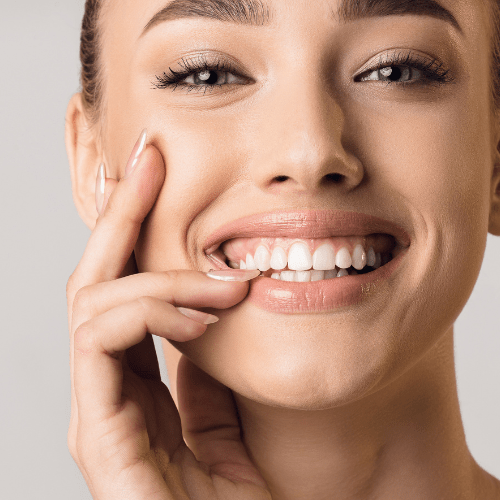Losing Hair? What Causes Hair Loss and Can You Stop It?
Thinning hair or hair loss is a common problem faced by both men and women. It can understandably be quite upsetting to lose hair – it changes your appearance and is rarely aesthetically appealing!

Some amount of hair loss is common, and part of your body’s natural process. Hair is made up of a protein called Keratin, produced in the hair follicles of your skin. Follicles regularly produce new hair cells, while pushing out old cells through the surface of the skin – which you see as hair growth – at an average rate of about six inches in a year. The average adult head has about 100,000-150,000 hairs, and loses about 10 to 50 strands a day. Hair is in a constant cycle of growth, rest, and renewal, and at any given time 90% of the hair on your scalp is growing. Some follicles are at the final stage of their lifecycle – called Telogen – and the hair is shed, and replaced by new baby follicles.
Your hair follicles life cycle is affected by a combination of factors including age, genetics, lifestyle, medical conditions, and more. Some factors cause hair loss to accelerate, or inhibit the ability of hair follicles to produce new hair. This is when you start noticing a thinning of hair and balding.
In this blog, we will share some common causes for hair loss in both men and women:
Genetics
One of the most common causes for pattern baldness, particularly in men, is hereditary. It is not a disease, but a natural condition, also called androgenetic alopecia and, in men, male-pattern baldness.Those with the gene for male pattern baldness may show an increased sensitivity to a hormone called DHT (Dihydrotestosteron), which makes the hair follicles shrink. As they get smaller, the hair that grows back tends to be finer, thinner, and shorter. It takes longer for hair to grow back, and eventually the follicles shrink so that no hair grows at all. Hereditary-pattern baldness usually is diagnosed by both its pattern and a history of a similar type of hair loss affecting family members.
Hormonal changes and medical conditions
A variety of conditions can cause permanent or temporary hair loss, including hormonal changes due to pregnancy, childbirth, menopause and thyroid problems. One particular condition called Alopecia areata results in unpredictable hair loss. It is an autoimmune condition, where your body’s immune system starts attacking the hair follicles. It often starts suddenly and causes patchy hair loss in children and young adults. Some nutritional deficiencies, like that of vitamins B12 and D, Iron and Ferritin, can lead to hair loss.
Medications and supplements
Hair loss can be a side effect of certain medications, such as those used for cancer, arthritis, depression, heart problems, gout and high blood pressure.The effects typically become evident within a few days or weeks of initiating or increasing the dose of a medication. Medications that change hormone levels in the body, such as oral contraceptive pills, hormone replacement therapy and androgen therapy, have also been linked to hair loss.
Extreme stress
An event causing extreme stress or emotional trauma has been linked to hair loss. People who have experienced a very stressful event may have a general thinning of hair several months after the event. Some people may experience loosening of hair, where a tug or a pull of hair will result in a clump of hair falling off. This type of hair loss lasts for about 30 to 100 days. This type of hair loss is treatable, and with proper treatment it starts to recover.
Salon hair treatments and excessive styling
Excessive hair treatments or hairstyles that pull your hair tight, such as pigtails or cornrows, can cause a type of hair loss called traction alopecia. Hair treatments using hot oil and ‘permanent’ treatments which use chemicals for straightening or curling hair can cause inflammation of hair follicles. The damage to the hair follicles can lead to hair loss. If the damage is serious or scarring occurs, the hair loss could be permanent. Changing hair products or using those with harsh chemicals can also damage your hair and roots, leading to hair loss.
Can hair loss be treated?
The good news is that hair loss can be treated, and/or ‘reversed’. The treatment and solution depends on the what is causing the hair loss. Some types of hair loss mentioned above are temporary. Others may require medications to address the underlying causes of hair loss. Hair transplants can, in a way, reverse hair loss, by covering bald spots with new hair follicles. Today’s advanced technologies mean that you don’t have to suffer through the emotional effects of losing hair – it is a problem that can be fixed!
To learn more about hair loss and whether you might have a problem, feel free to get in touch by booking an appointment with our expert Dermatologists or send a consult online using the Skin ‘n Smiles App.





